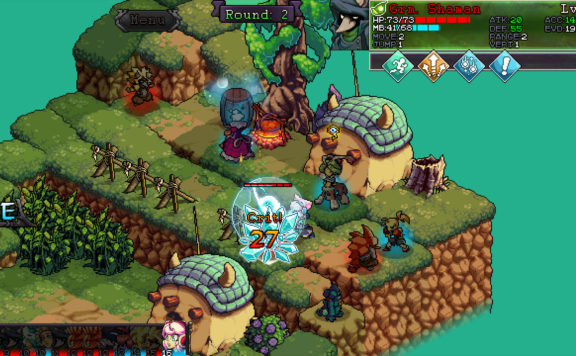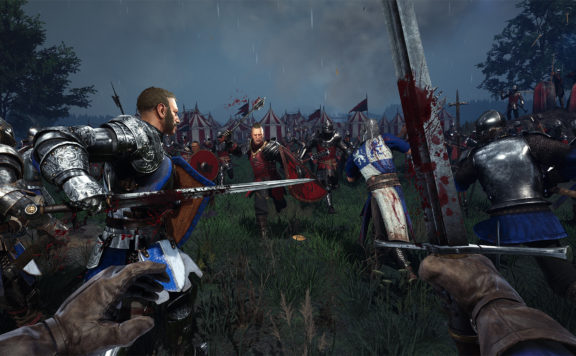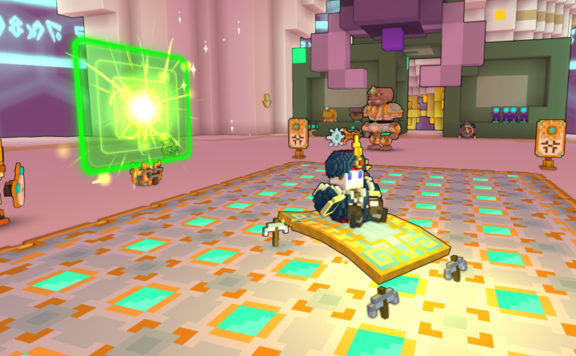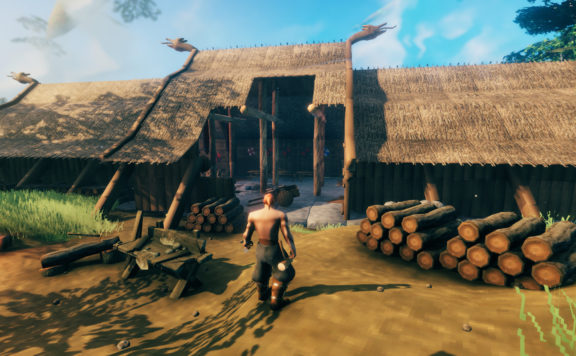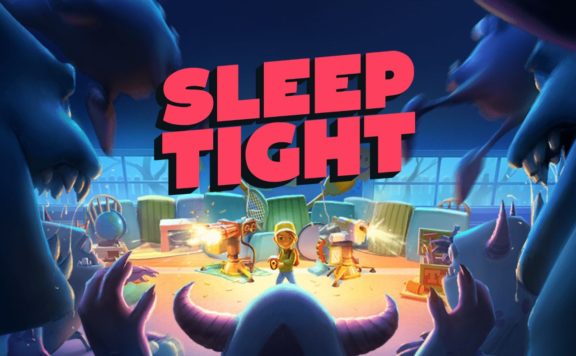From the first moment when I fired up The Sinking City, I was immediately transported to a world HP Lovecraft could have created himself. From the creepy visions and sounds in a town overrun by maritime mayhem to the all too real human inclinations during times of disaster, safe was not something I felt very often. When I did feel safe, it was most often because I wasn’t aware of what was lurking one step ahead of me. The mystery of what is really going on in Oakmont, and with lead character Charles Reed, kept drawing me in and often kept me playing far longer then I intended to.
The main character, Charles W. Reed, is an ex-Navy man who has been plagued by reoccurring disturbing visions he cannot explain. These visions are what initially draws him to the town of Oakmont as he has information Robert Throgmorton had been studying them and might have helpful information. It’s fortunate for Reed that he’s been working as a private investigator since leaving the Navy because Oakmont has no shortage of crimes and mysteries which need solving.

Anyone who has played Sherlock Holmes: Crimes and Punishments or Sherlock Holmes: The Devil’s Daughter will recognize many of the core mechanics of The Sinking City, though Frogwares have updated and improved most of them for this game. For example, instead of there being an area resembling the synapses in a brain to put clues together, it’s called a mind palace in this game. However, I didn’t like how you put the clues together and then had to flip over to see the deductions. One of the strengths of the previous two Sherlock games was they let me put clues together in various logical ways. Seeing the deductions from putting the clues together often helped me work through what I thought happened. Having the clues and deductions separated made drawing conclusions feel far more final and also seemed counterintuitive.
Of course, to make deductions, you first need to find clues. For the most part, I was left to my own devices to find clues, even when I was playing on the easiest game modes. However, the perk of the easier game modes is they will give you hints as to what you should do next. While playing on master sleuth difficulty, you really are left to your own devices to figure things out.

There are also occasionally interviews which have to be done to gather information, and for the most part, I had the option to ask as little or as much as I wanted of the subjects I was talking to. Though it seems like you are “supposed” to ask all the things, it is a detective game after all, I like the inclusion of optional questions. There were times, though when picking every option certainly seemed to hinder progress because some of the subjects took offense and would clam right up.
The Archives are another tool which was carried over from the two most recent Sherlock games, but I don’t like how they were used in this game. There were archives in the Police Station, the Newspaper Office, and the Hospital and it makes sense I’d have to go to each place to search them, but this was often frustrating due to how slow moving around the city could be.

Additionally, using the archives was also frustrating. The first step is to pick the specific clue I wanted to research, which sounds straightforward and easy. However, the only clues which would show are the ones related to the last case I left highlighted in the casebook. Because I liked to try and do multiple things at once, I often found myself having to close out the archive, open the casebook, select the right case, and then having to go back into the archive again. The second step was selecting three search criteria related to the clue I selected. Again, this seemed straightforward, but it seemed like each clue only has one set of criteria that will yield results even though logically, a few options should work. Streamlining this process a bit and expanding the successful options (where it makes sense) would have helped the archives be more fun and enjoyable to use.
One of the real highlights of The Sinking City is how much freedom of movement there is and how much there is to explore. Once the first case is completed, and I left the port area, I was free to wander wherever I wanted to. Getting around each section of the city was a bit difficult because so much of the city is flooded, but for the most part, if I could see a spot on the map, I could go there.

One downside though is it’s effortless to wander into areas I wasn’t at all prepared for and died quite a few times because I got a bit too curious. The upside of dying is I would respawn wherever the closest safe point I had unlocked was. The downside is most of the time I wouldn’t get my used bullets back. This was mainly a problem because the melee attack is excruciatingly slow and never felt very accurate. Additionally, getting in the face of something slowly killing me by spitting viscera in my face seemed like the worst option.
One aspect which really ratcheted up the sense of danger is the fact alcohol and bullets are relatively limited throughout the game. Alcohol is important mostly because it can be used to make antipsychotics (which help you regain sanity more quickly) and medkits (to help health regen). There’s a lot of materials to be found which can be used to craft bullets as well, but even with looting every single cache I found I still ran out of everything reasonably often. In addition to usefulness in surviving, both bullets and alcohol can be used for bartering for various things; sometimes the thing was information. However, most of the time, I used bullets and alcohol for their primary purpose. I did discover fairly early on after some time passed I could revisit areas I had previously been in and loot the caches again. This helped relieve the strain a bit, but I still was often low on all supplies.

As I briefly mentioned before, there is a sanity bar which matters just as much as the health bar does. I took a hit to my sanity anytime I saw something particularly disturbing, was exposed to specific attacks from creatures, or anytime I used Charles’ unique ability to see into the past and reconstruct what happened. Losing sanity was accompanied by both auditory and visual hallucinations. For example, there were a few times where I saw Charles Reed shoot himself in the head, once I thought that actually happened before I realized it was a hallucination. The lower the sanity bar got the more severe these hallucinations were. At zero sanity Charles would die.
Overall the graphics in The Sinking City are gorgeous, though there are some animations which were a bit odd. For example, running looked a bit weird. Also, there is no animation for getting in and out of the boats. There were also some minor graphical glitches where a texture might not load all the way if I rotated the camera very quickly, but all of those righted themselves almost instantly.

However, I didn’t have any issues moving about the city or jumping over or up on most things, even some spots it was pretty clear I shouldn’t be. When I was walking around many of the city squares, I was often reminded of Red Dead Redemption 2 both in the detail of creating the feel of a city in the grips of disaster and also just how beautiful everything looks. Top notch job on selling the setting and making it believable.
Overall The Sinking City is a well executed and fun detective style game. It’s exciting and enthralling from the first moments right up to the very end. My biggest complaint is the archives are more frustrating to use than they should be, but that’s not a huge deal overall. The Sinking City is well worth your time if you enjoy games which are in a horror setting but are not “run around and shoot all the things” type of games.
This review was done on a PC with a code provided by PR.

